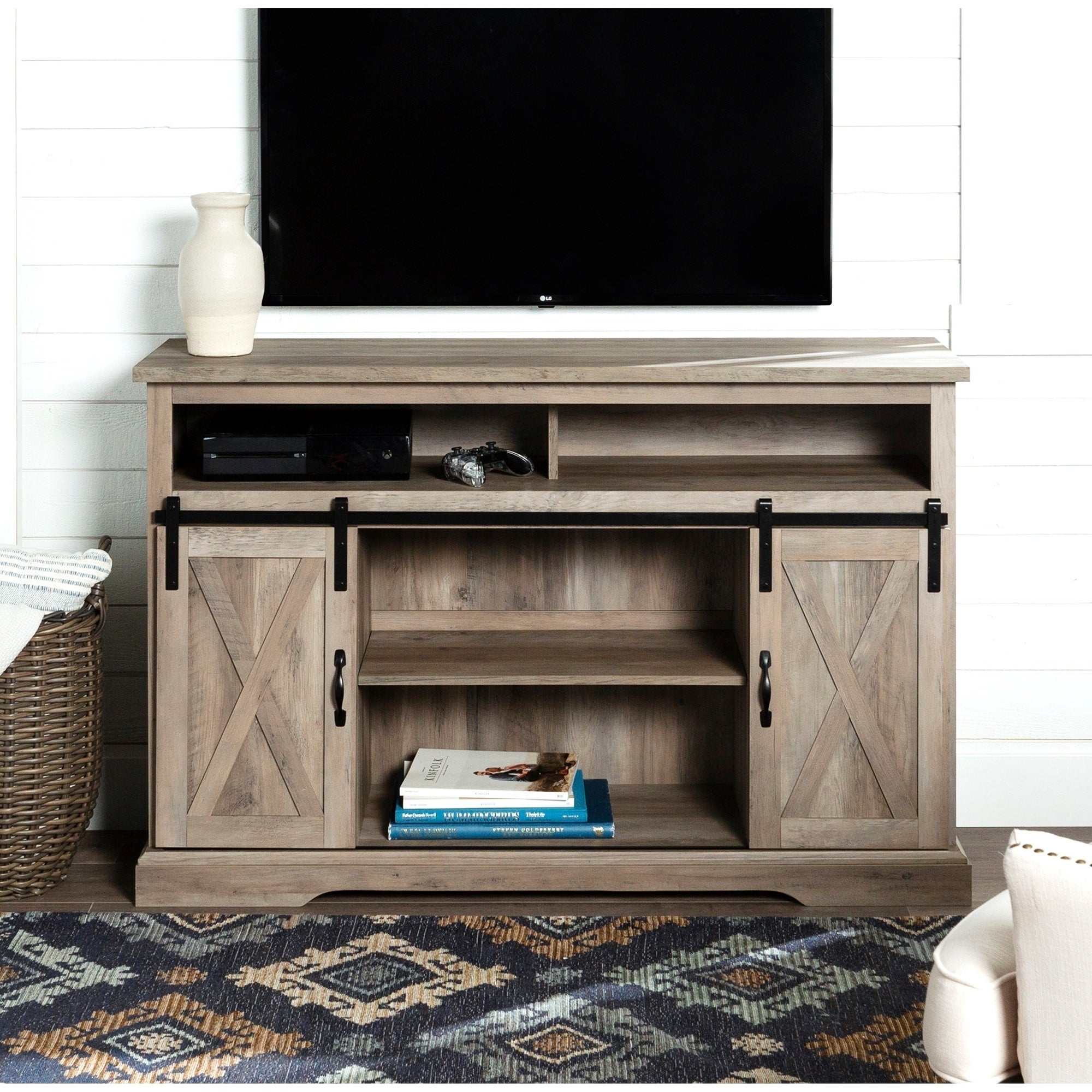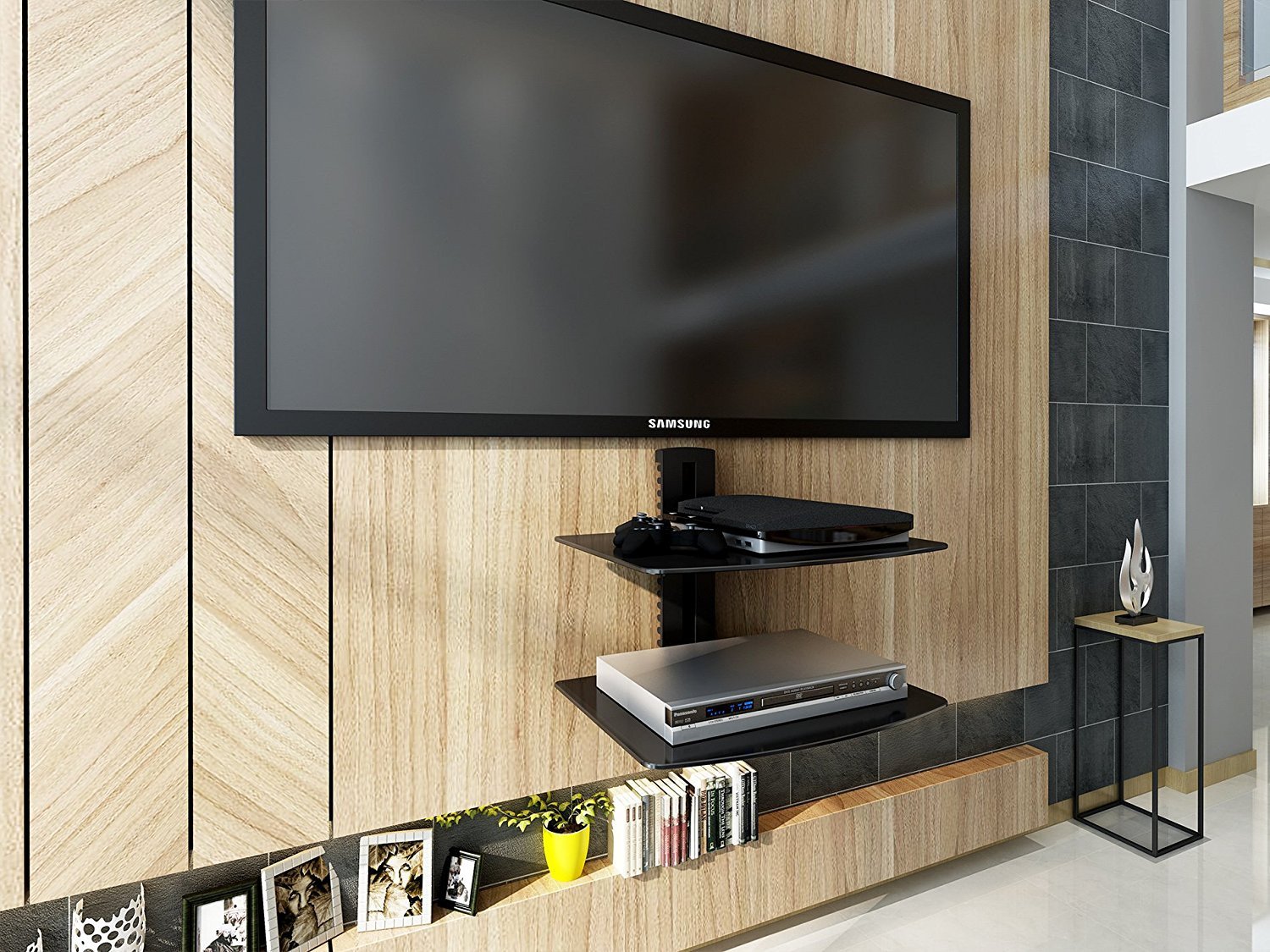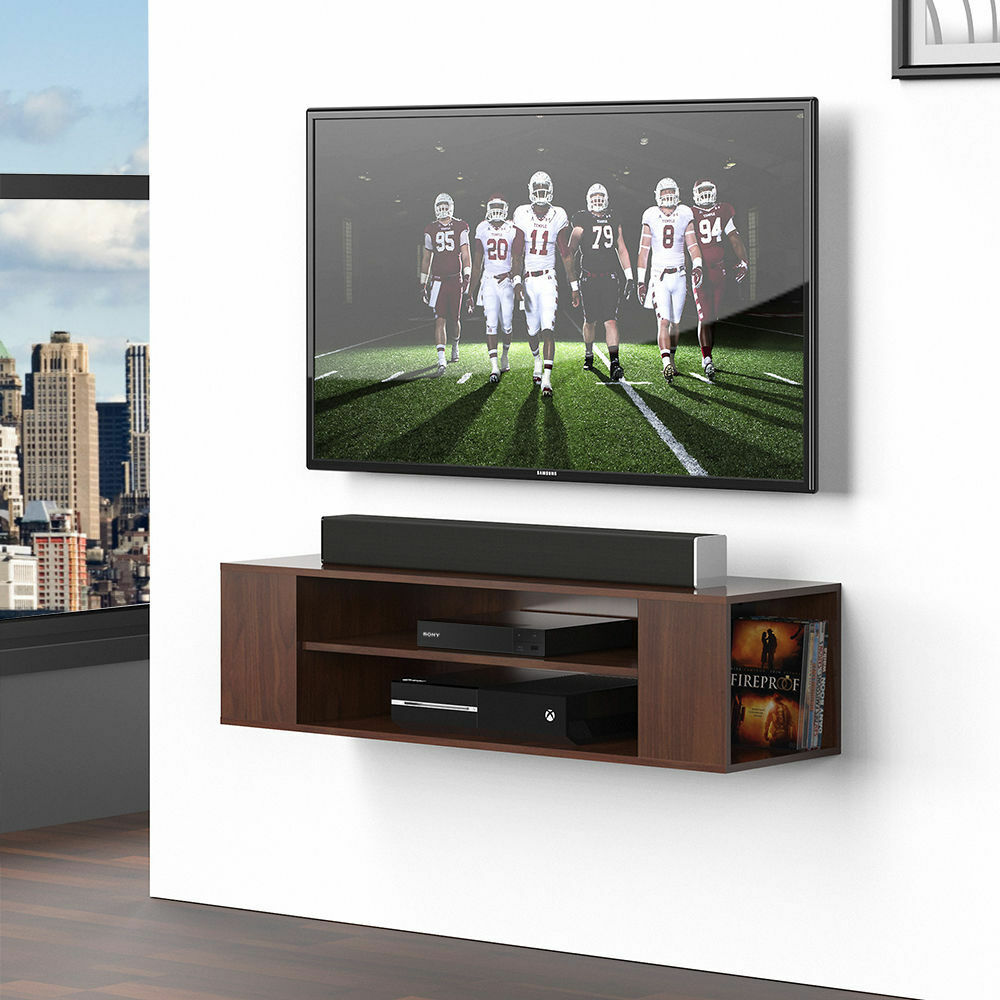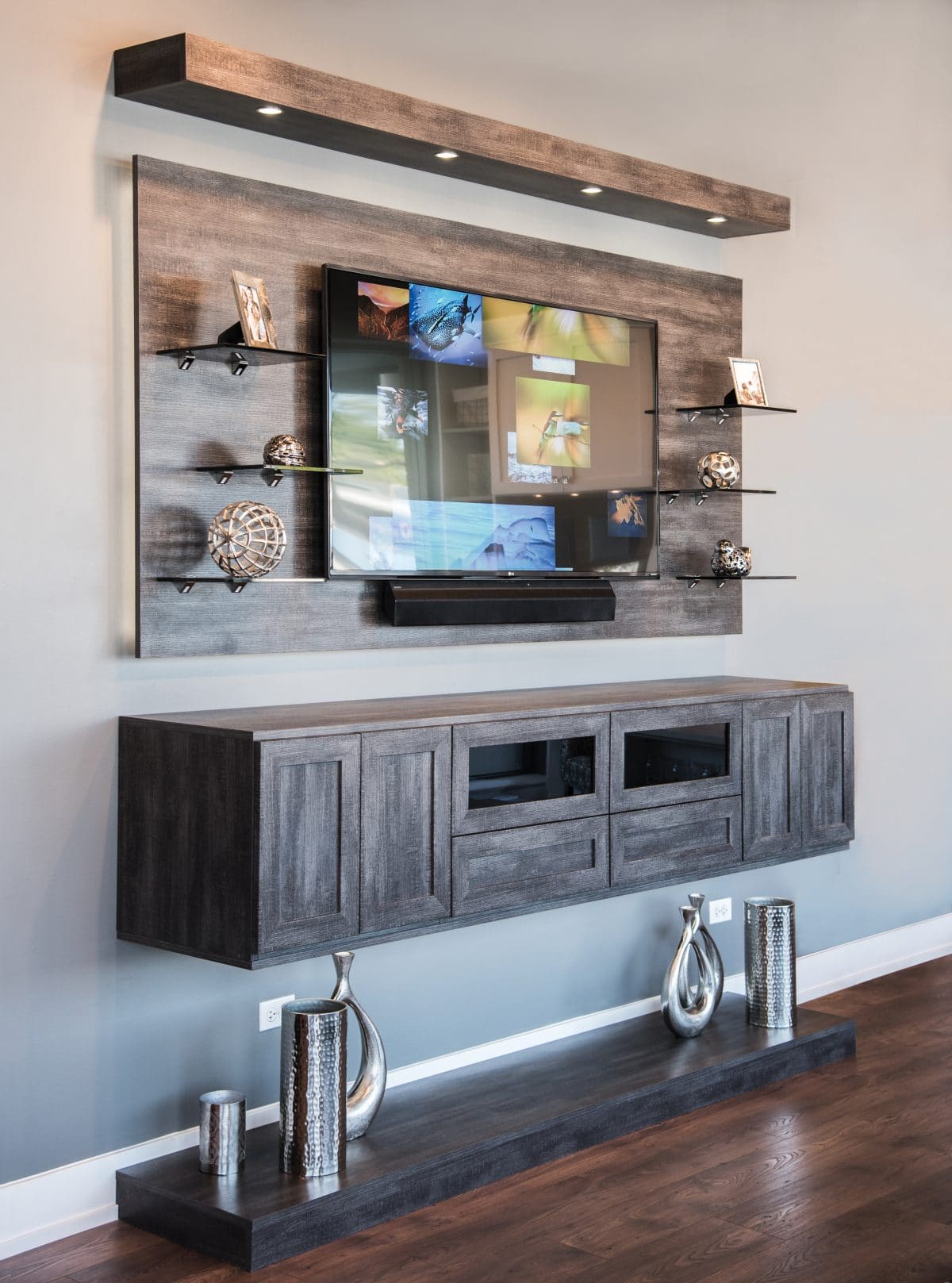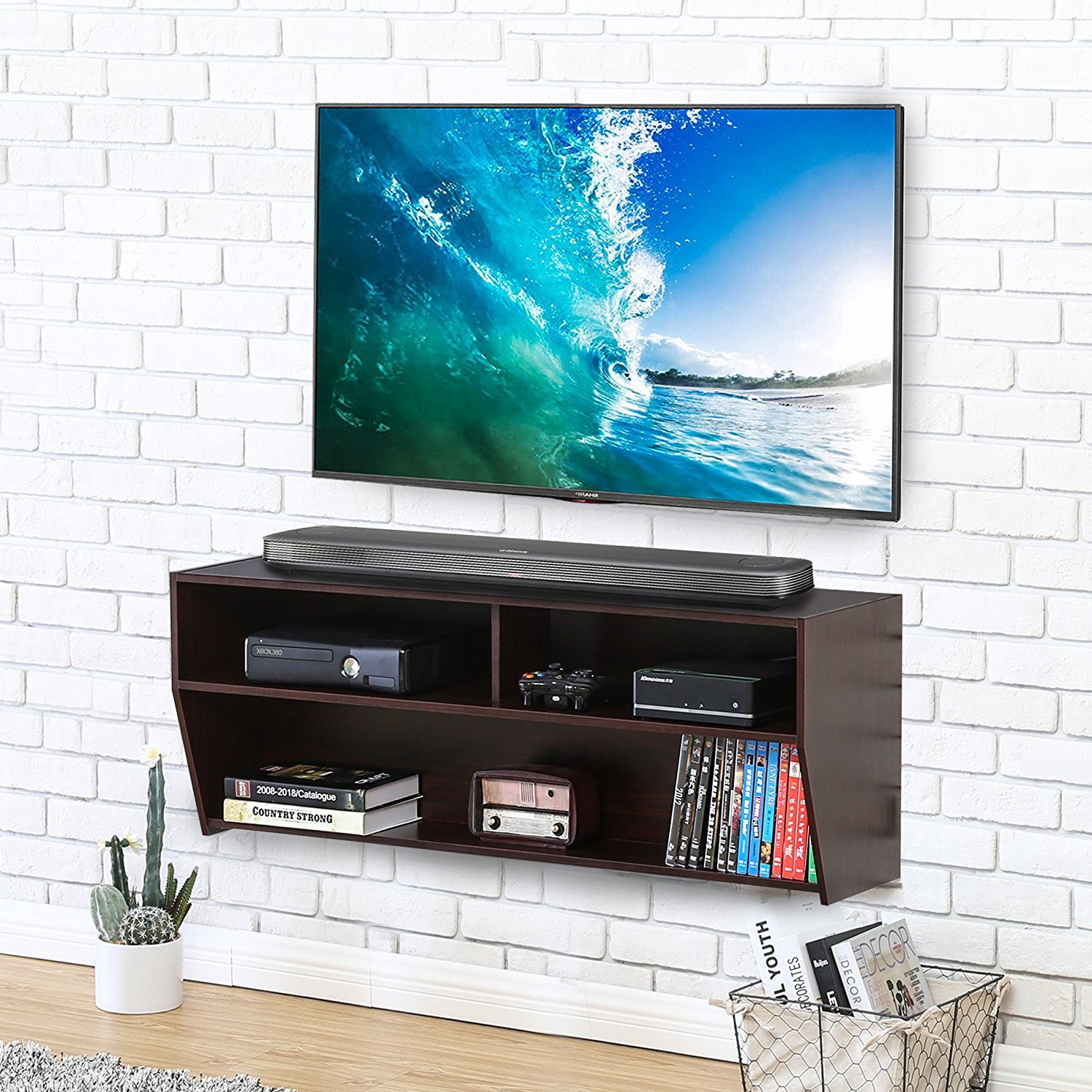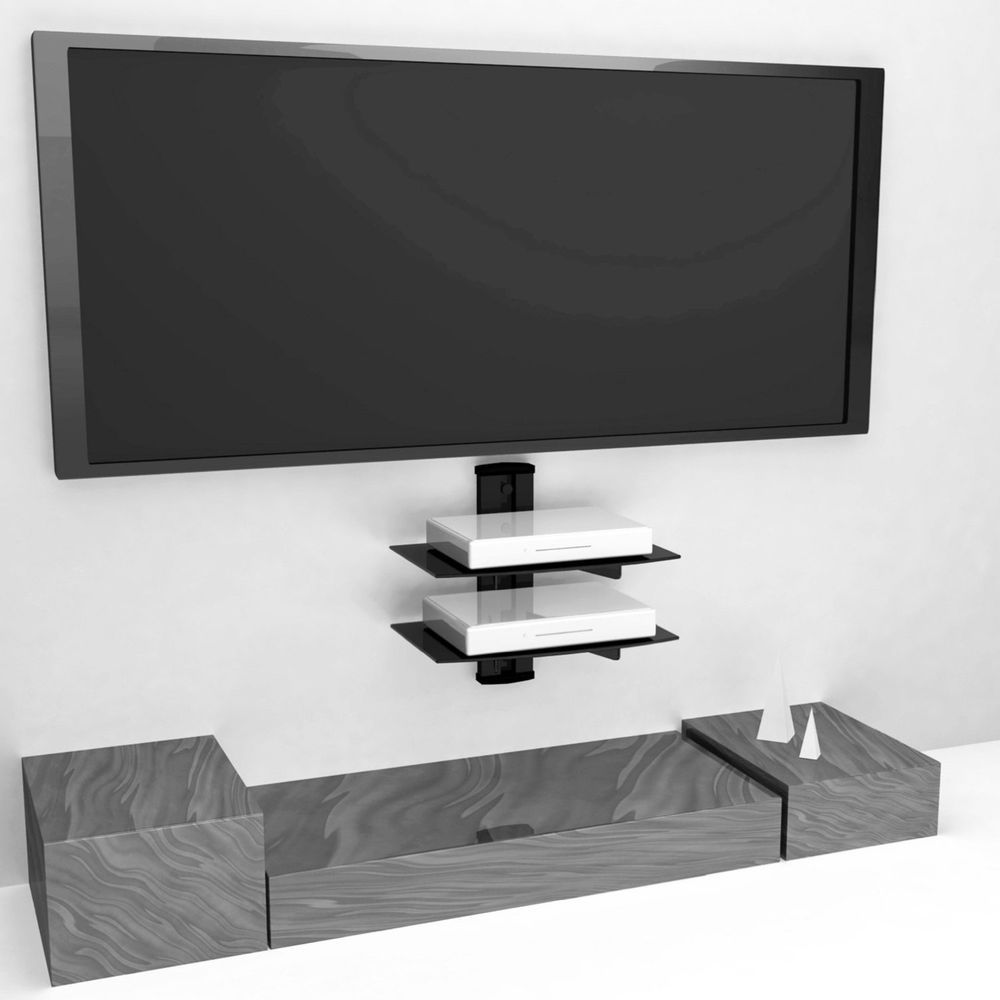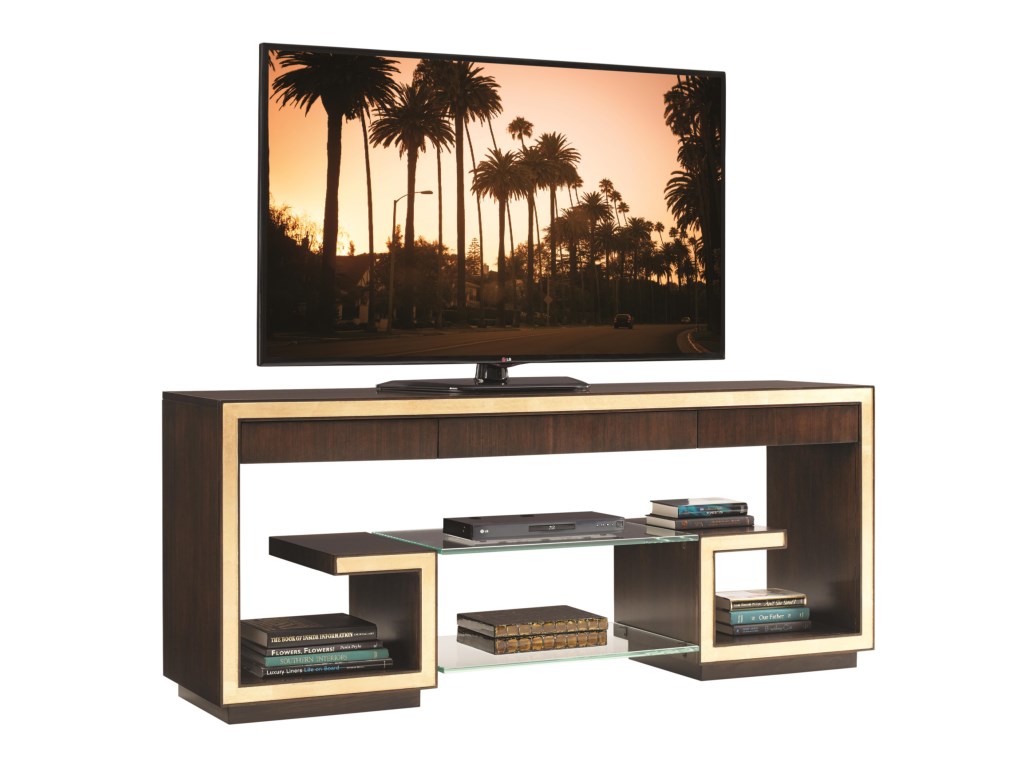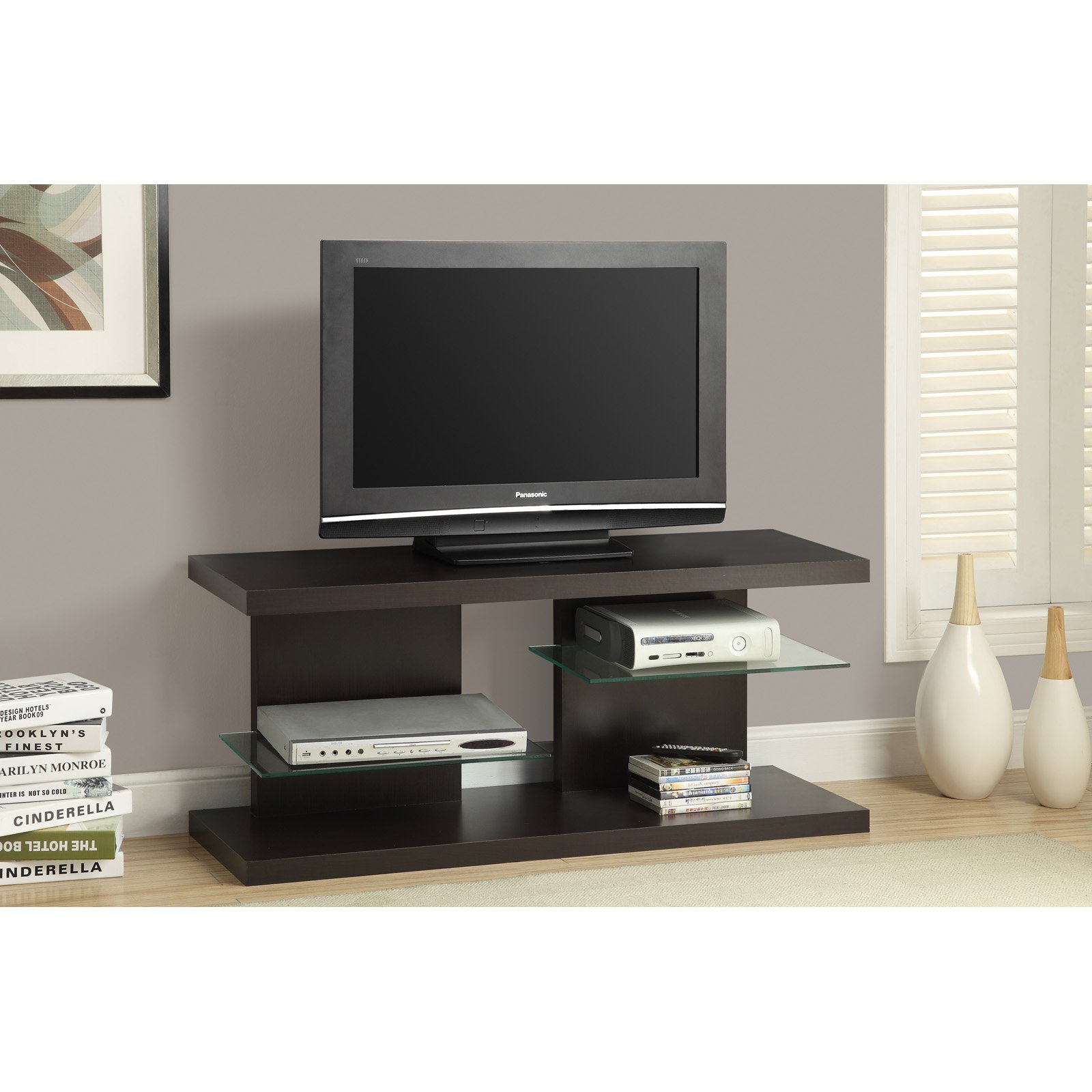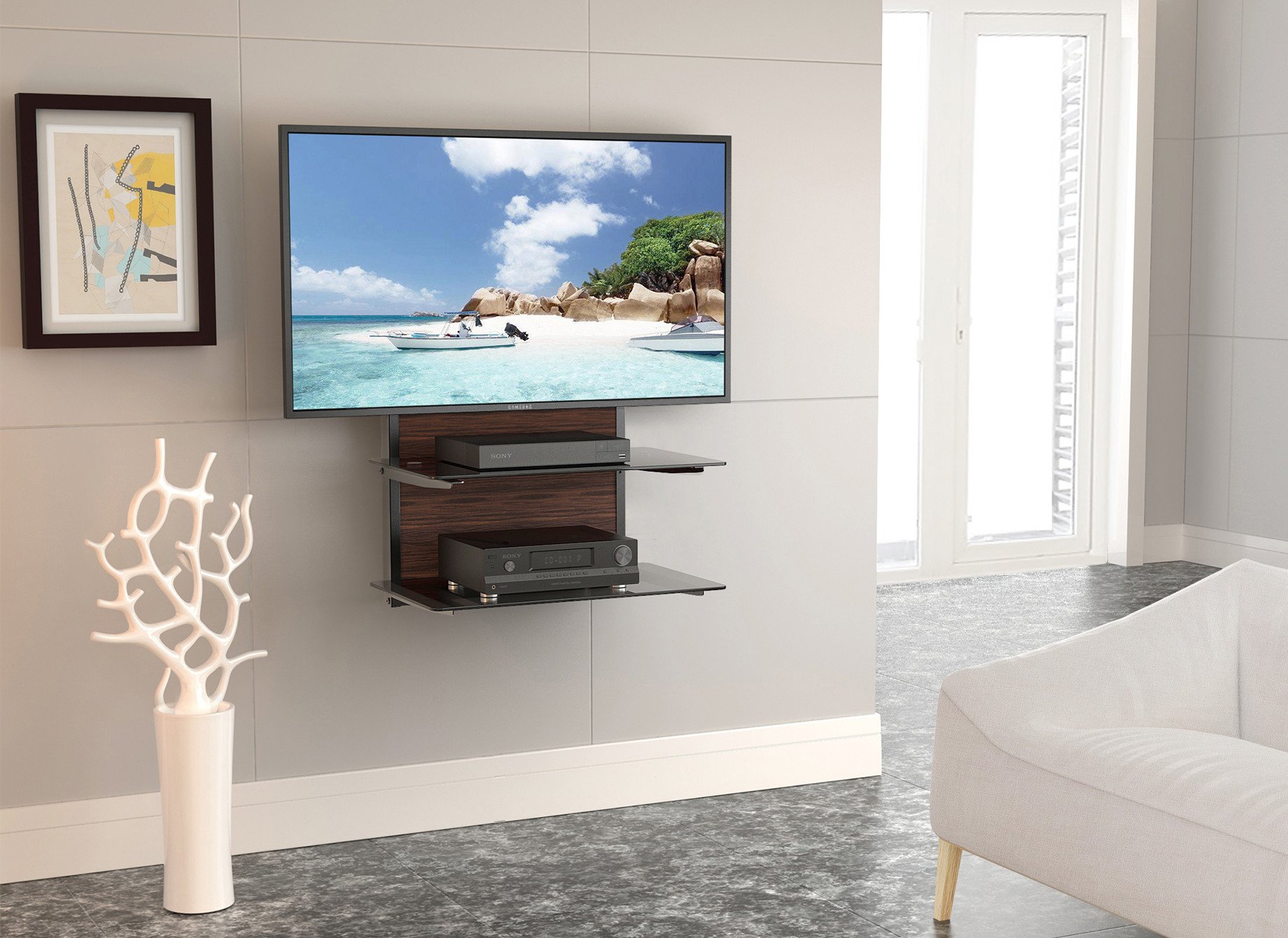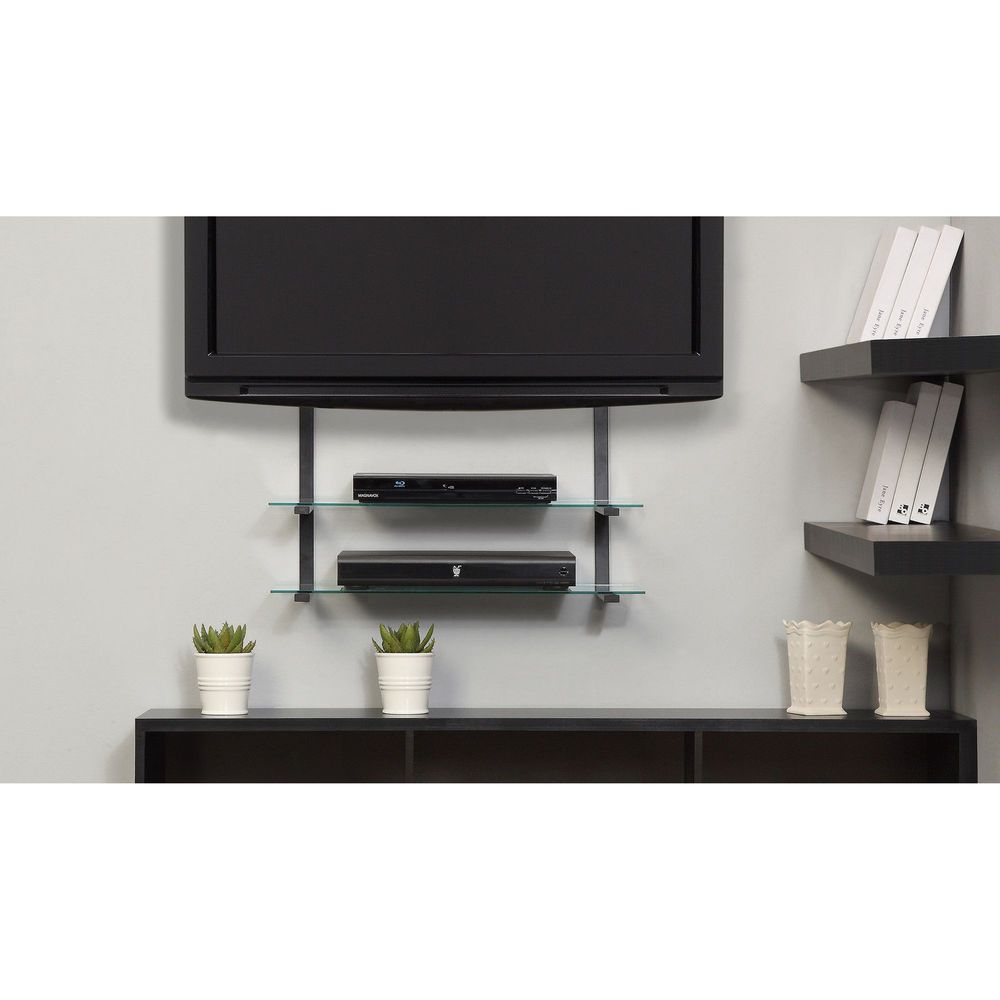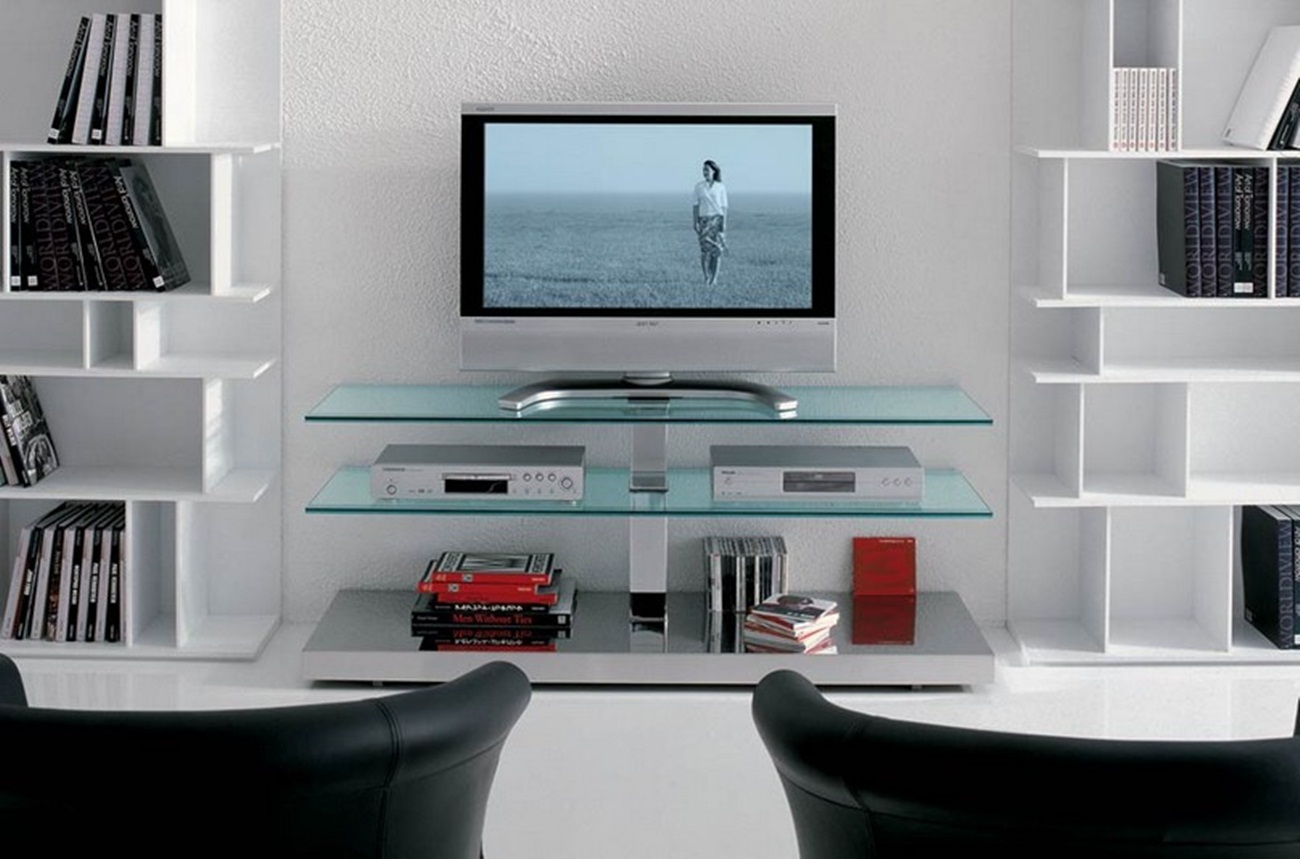Individuals like to flaunt what they own. Males are concerning presenting their tools as well as their prizes as well as all sorts of collectibles. Women most definitely like to highlight their memories as well as their theme accented areas. It does not matter the room or the area, every person has something he or she desire to highlight as well as be a focal point when others go into that area. Among the very best means to make those crucial treasures noticeable is by using a wood wall surface rack. Wood wall surface racks produce the excellent accessories to any kind of space as well as are multi-functional.
Lots of closet shelving systems are custom-made made. These all timber systems are utilized to hold hefty products or just to look excellent. An all timber shelving system may be set up in any type of wardrobe area, as long as the materials are able to connect to the studs behind the wall surface. Some wall shelving systems can be connected to a full sheet of plywood that is glued to a studless wall. In this manner you can protect the shelving to the wall whether or not there are studs behind the wall surface. Constantly eliminate all wall hangings prior to setting up any kind of built-in shelving system to stop damages.
A glass rack on the various other hand will require appropriate assistance that must deal with the unique demands of glass and also once more you will certainly have to have correct supports to make certain that your glass shelf does not break or break. Though a rack is normally made use of for storage functions it is likewise important that you search for items that attract the eye too, especially when mounting them in a living room. You need to likewise consider the opportunity of mounting racks made out of cord.
A cable rack is understood to be specifically strong as well as when it has been effectively placed on the wall surface you won't have much else to stress about. A shelf made from glass or plastic and even a floating shelf will prove to be excellent for decorative purposes along with for storage. As a matter of fact, cord shelving is extremely easy along with convenient and when set up the shelf can show to be extremely practical as you can fit in numerous points right into restricted rooms.
